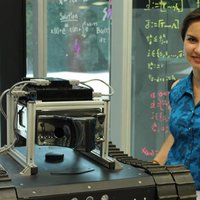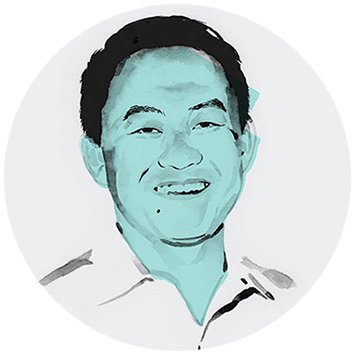Computer & electronics hardware
Kuang Chen
A novel way to get data off paper records and into the digital age.
Illustration by Sam Kerr

Global
Quoc Le
Frustration with waiting for computers to learn things inspired a better approach.

Asia Pacific
Desmond Loke

Latin America
Blanca Lorena Villarreal Guerra
She has created a robotic nose to quickly detect and track the trajectory of the source of a smell

Global
Michael Schmidt
There aren’t enough data scientists to go around—unless you automate them.
